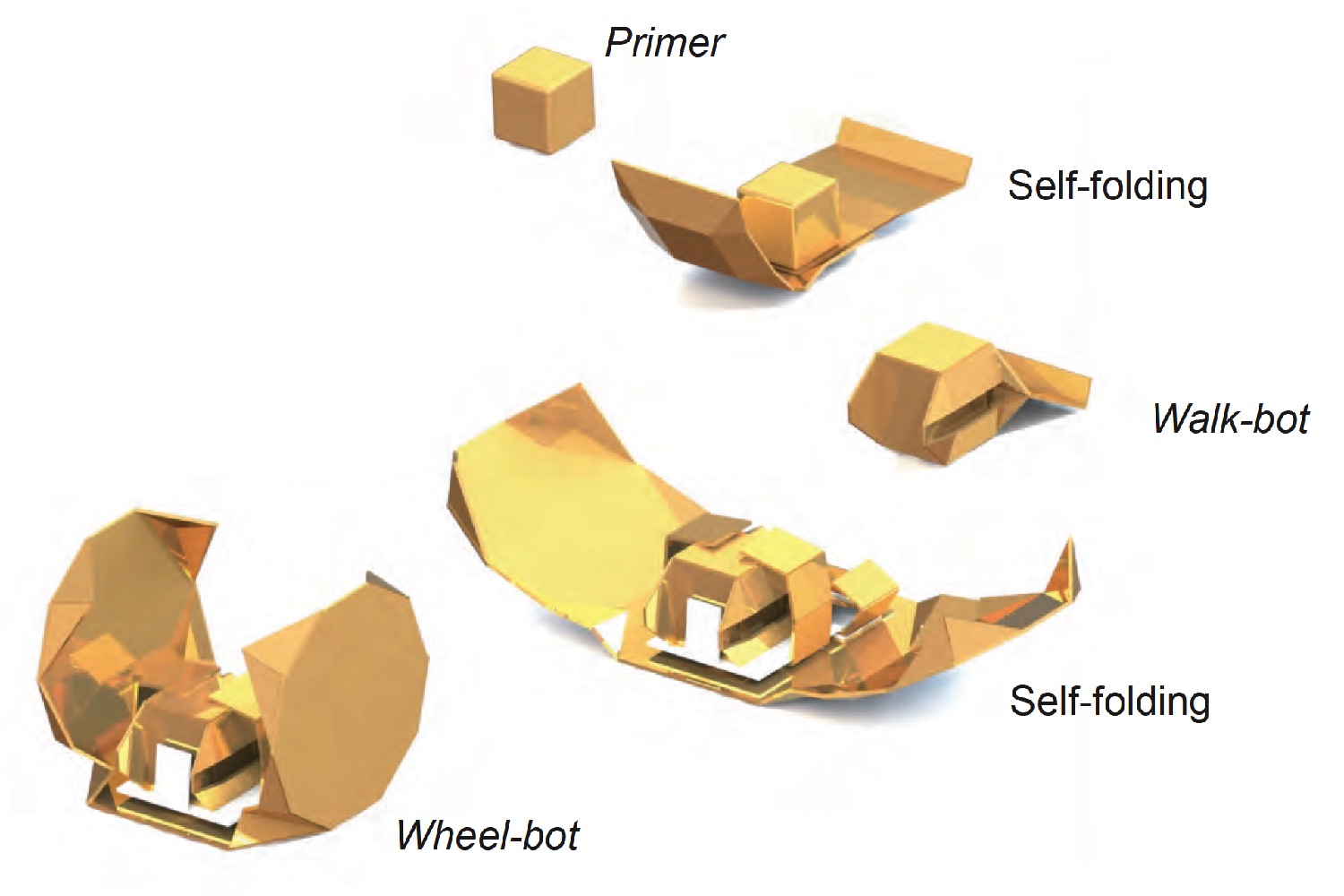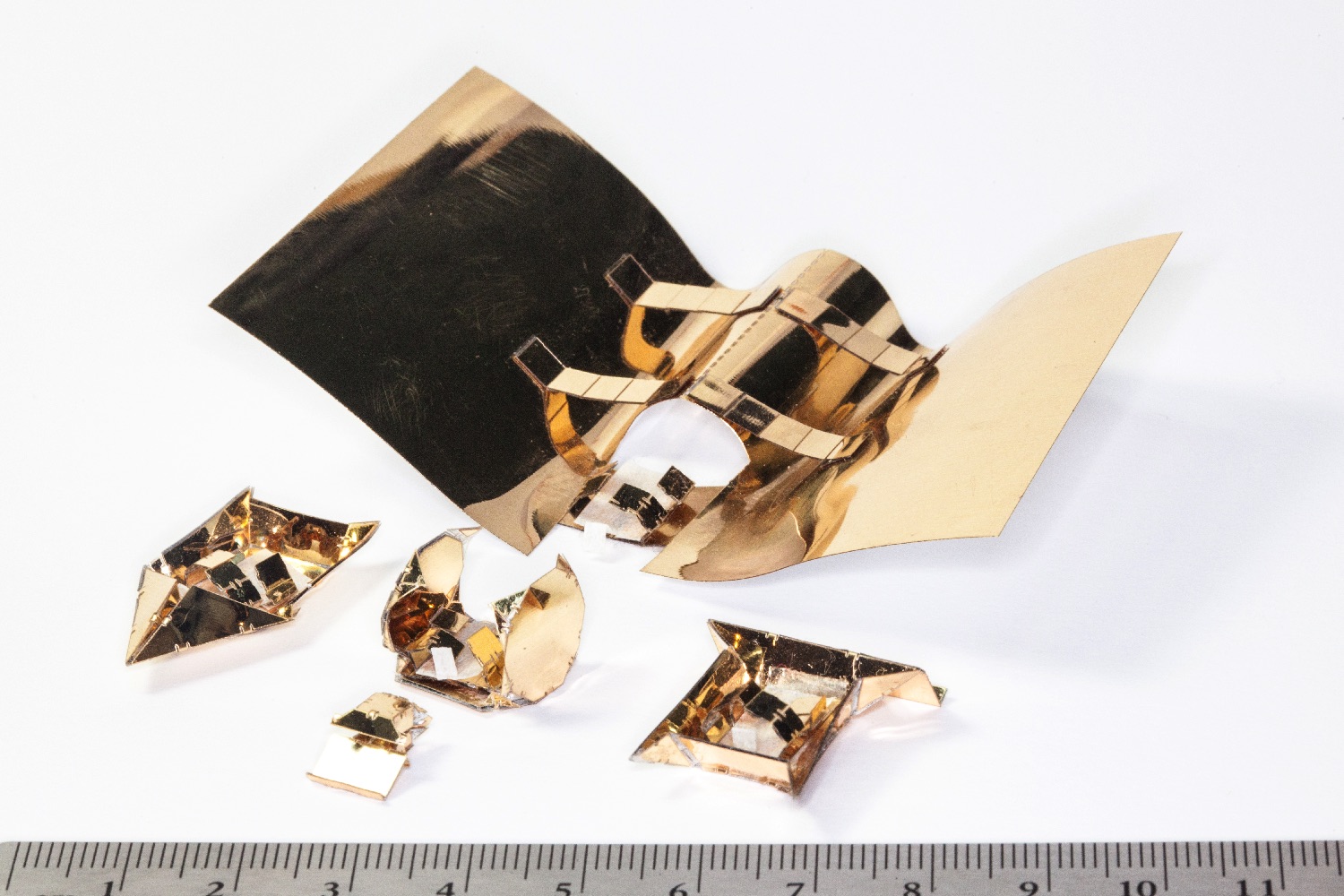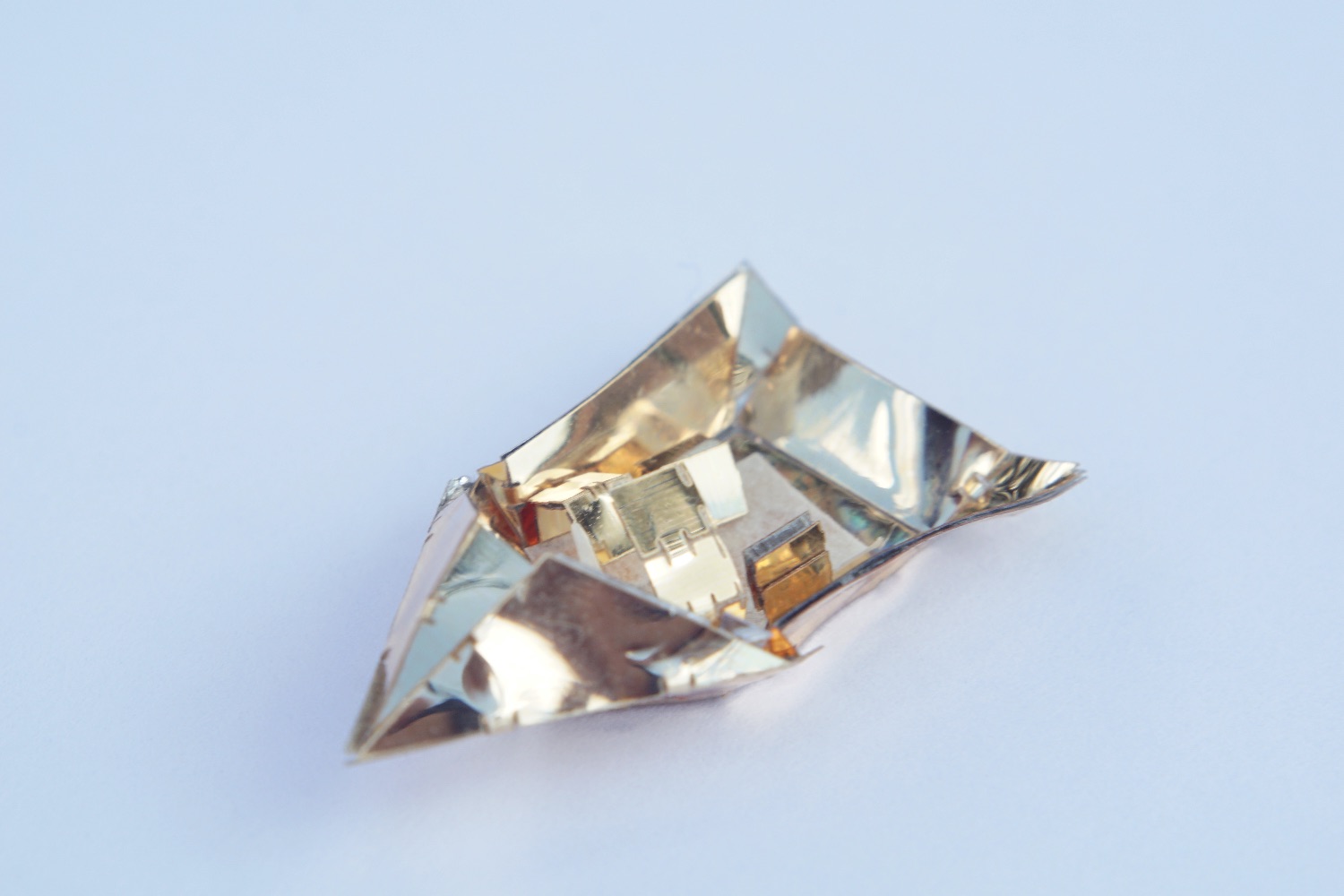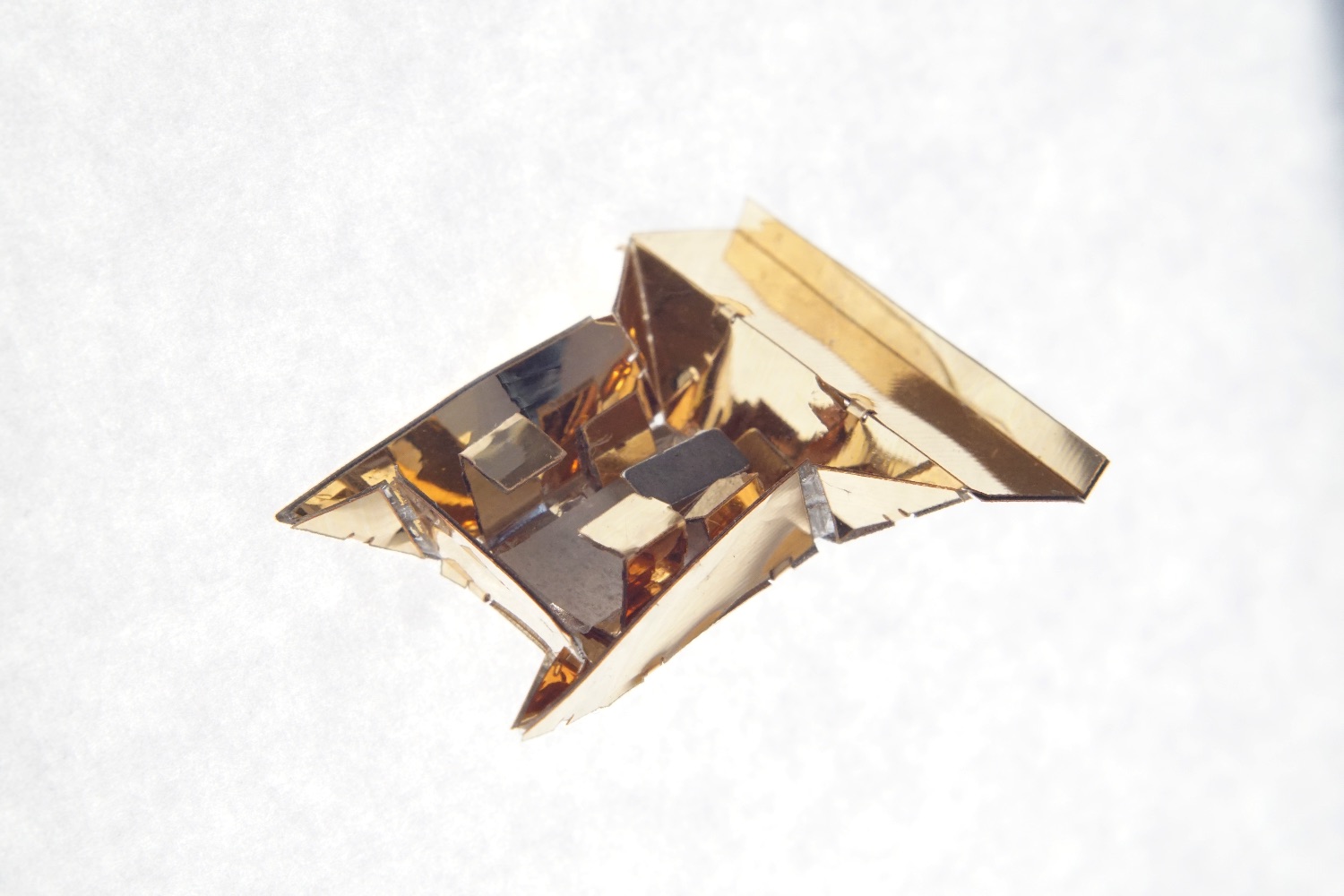“We’ve developed a system of fabricating robots that lets you have a simple robotic body that you can add special accessories to, which give it the ability to do a wide range of tasks,” Dr. Shuhei Miyashita, a former postdoc at MIT CSAIL, who is now a lecturer at the University of York, told Digital Trends. “Specifically, the accessories are thin pieces of plastic that, when heated, fold themselves up into exoskeletons that allow the robot to walk, roll, and do other actions.”
The work builds on previous research projects from MIT, such as cube robots that can assemble themselves into different shapes, as well as small micro-bots which can be precisely programmed to fold into specific shapes from sheets of plastic. Miyashita said that the Primer robot could eventually be used for tasks such as space missions or rescue missions, where the ability to carry out a large number of different actions across varying terrains is desirable. “For example, if a robot has to travel across a stream to move some equipment, it could use one exoskeleton to sail across the water and then use a second exoskeleton to carry objects to the other side,” he said.
At present, Primer is just a research project, and there are no immediate plans to commercialize the technology. That doesn’t mean the team is finished with it, though. Future modifications could give the robots an even broader range of capabilities, such as driving through water, burrowing in sand, or changing color for camouflage purposes. “As a next step we hope to be able to make these robots even smaller and more intelligent, and potentially use different types of biomaterials so that they have the endurance to do more long-term operations,” Miyashita said.
A paper describing the work was recently published in the journal Science Robotics.
Editors' Recommendations
- Smart dummies: How robotic tackling tech is transforming football practice
- MIT’s clever robotic basketball hoop will help you level up your game
- The Navy wants a fleet of half-humanoid, half-wheeled robots. Here’s why
- MIT learns to make robots less clumsy by putting cameras in their fingers
- MIT says it can tell how healthy you are by analyzing your dishwasher







